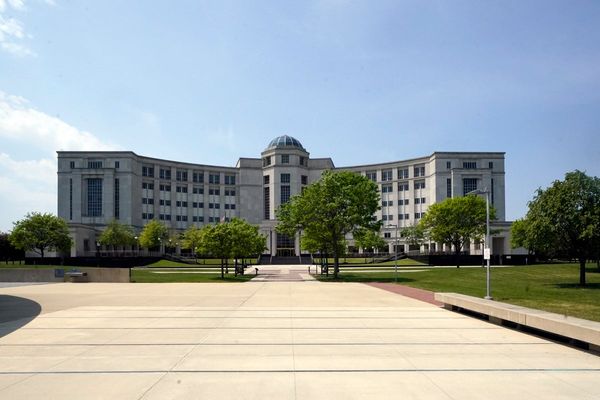
An Air Force investigation into the deadly Osprey aircraft crash that occurred last November off Japan has revealed critical details about the incident. The crash, which claimed the lives of eight Air Force Special Operations Command service members, was attributed to cracks in a metal gear and the pilot's decision to continue flying despite multiple warnings to land.
The investigation found that a toothed piece called a pinion gear in the proprotor gearbox failed, leading to the catastrophic event. The pilot, Maj. Jeff Hoernemann, and his crew encountered several warnings during the flight, including vibrations and chip burn alerts, indicating potential mechanical issues.
Despite these warnings, the crew did not land as advised, with the pilot's focus primarily on completing a military exercise. As the situation escalated, the Osprey's proprotor gearbox ultimately failed, causing the aircraft to crash into the water.
The investigation highlighted the need for improved communication of real-time vibration data to pilots and emphasized the importance of crew response to warning signals. Following the crash, new protocols have been implemented to ensure prompt landing in case of mechanical issues.












Both the U.S. and Japanese authorities have taken steps to enhance safety measures for Osprey operations, including more frequent maintenance checks and flight restrictions. Japan, which grounded its fleet after the crash, has resumed flying under stricter guidelines set by the U.S. military.
The tragic accident claimed the lives of eight service members, including Maj. Eric V. Spendlove, Maj. Luke A. Unrath, Capt. Terrell K. Brayman, Tech. Sgt. Zachary E. Lavoy, Staff Sgt. Jake M. Turnage, Senior Airman Brian K. Johnson, Staff Sgt. Jacob M. Galliher, and pilot Maj. Jeff Hoernemann.
The investigation findings underscore the importance of proactive safety measures and crew response in preventing such incidents in the future.







